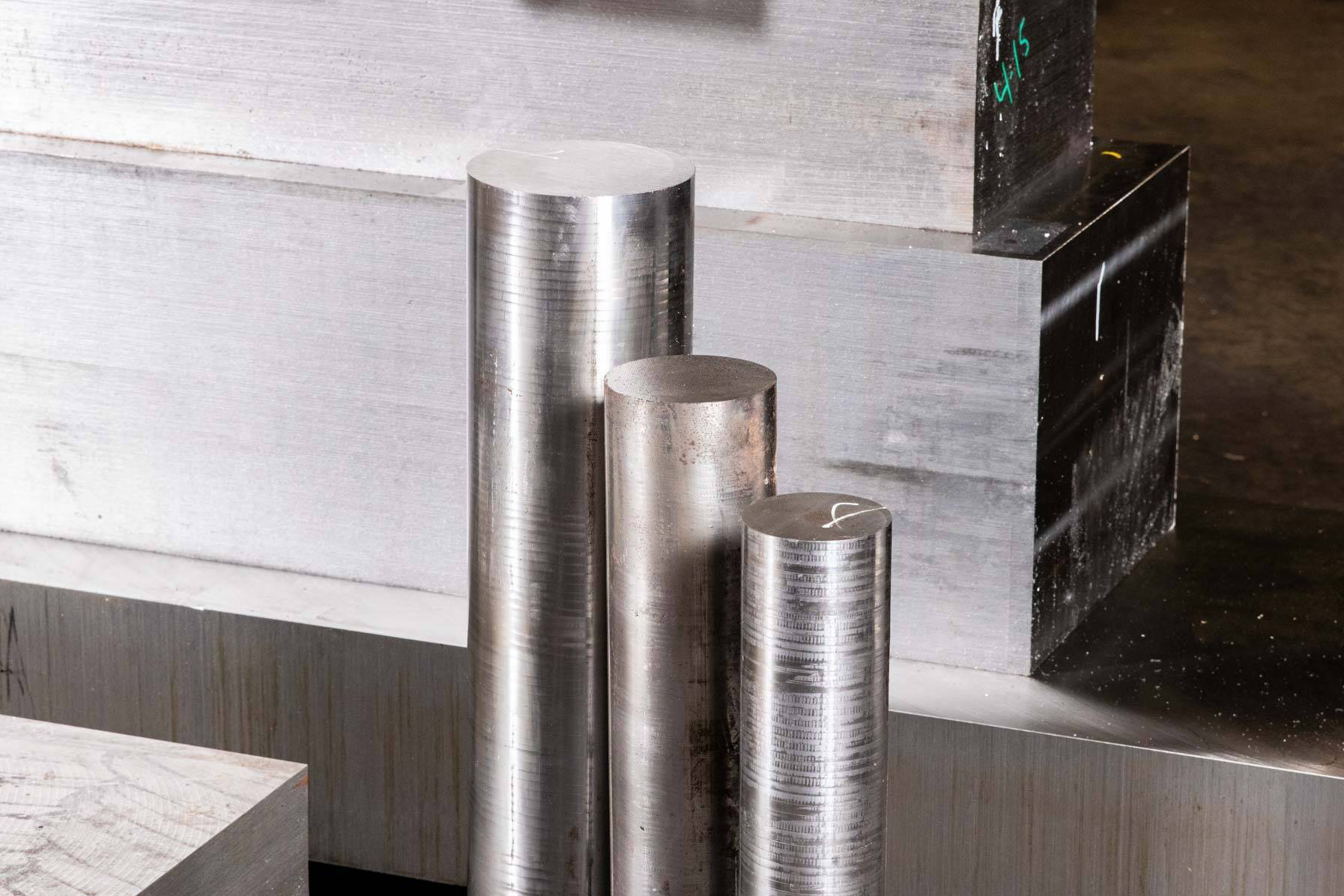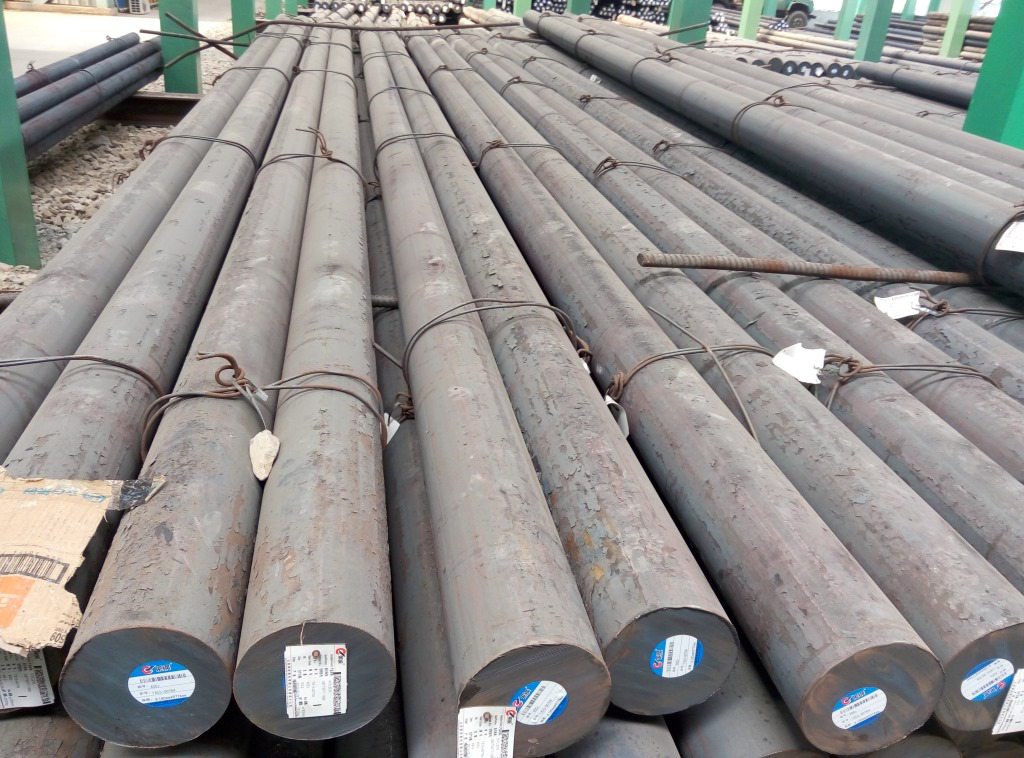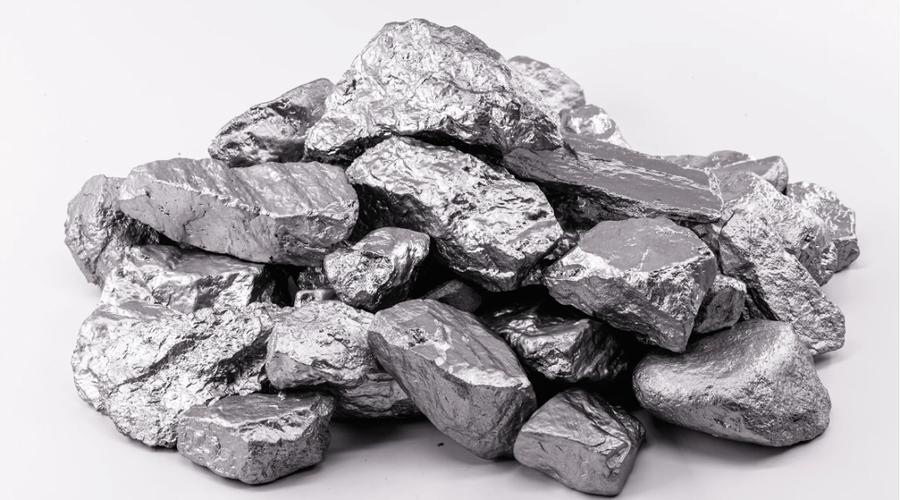There is a method of inspection called nondestructive testing for stainless steel pipes, so what is nondestructive testing, and what types of nondestructive testing for stainless steel pipes are included?
Ultrasonic testing (UT) is performed using sound waves. The sound moves linearly in the metal, and the sound wave is reflected in the transition between the two materials. This phenomenon is used to detect irregularities. All materials that can be penetrated by ultrasound are suitable for this method: metal, aluminum, copper, stainless steel, etc.

Ultrasonic testing can detect defects in the depth of the material with different materials throughout the thickness range without destructive test. Ultrasound testing is also faster than radiography.
Applications: Wall thickness measurement, crack detection, weld detection, corrosion / erosion detection.
Magnetic testing (MT) can identify defects directly below the surface. This can only be done in magnetizable grades of steel. Materials are tested using magnetic fields and test inks. Cracks, binding failures, etc. interfere with the magnetic field.
Applications: Weld surface inspection, high-pressure stainless steel pipes, bracket welding, lifting lugs, sling accessories, etc.
Penetrant testing (PT) is a surface inspection that can be performed on all non-porous materials. Use penetrating agent to penetrate the damaged area. Then show the damaged part by the display agent.
Applications: all non-porous materials, welding surface inspection, new construction or maintenance, bracket welding, lifting lugs, sling accessories, etc.
Radiographic testing (RT) is the most commonly used non-destructive testing method. Radiography can be used to obtain permanent images of surface and subsurface (embedded) discontinuities.
After a period of service life, the same discontinuous part can be radiographed again, and the radiographs can be compared to measure changes in the size and shape of the discontinuous part.
There are many applications of radiography in engineering applications.
Applications are to detect welded parts, castings, forgings, wall thickness measurement, corrosion mapping, detect clogging in sealed equipment, detect reinforcement materials in concrete slabs, and measure the bulk density of materials and many more.



